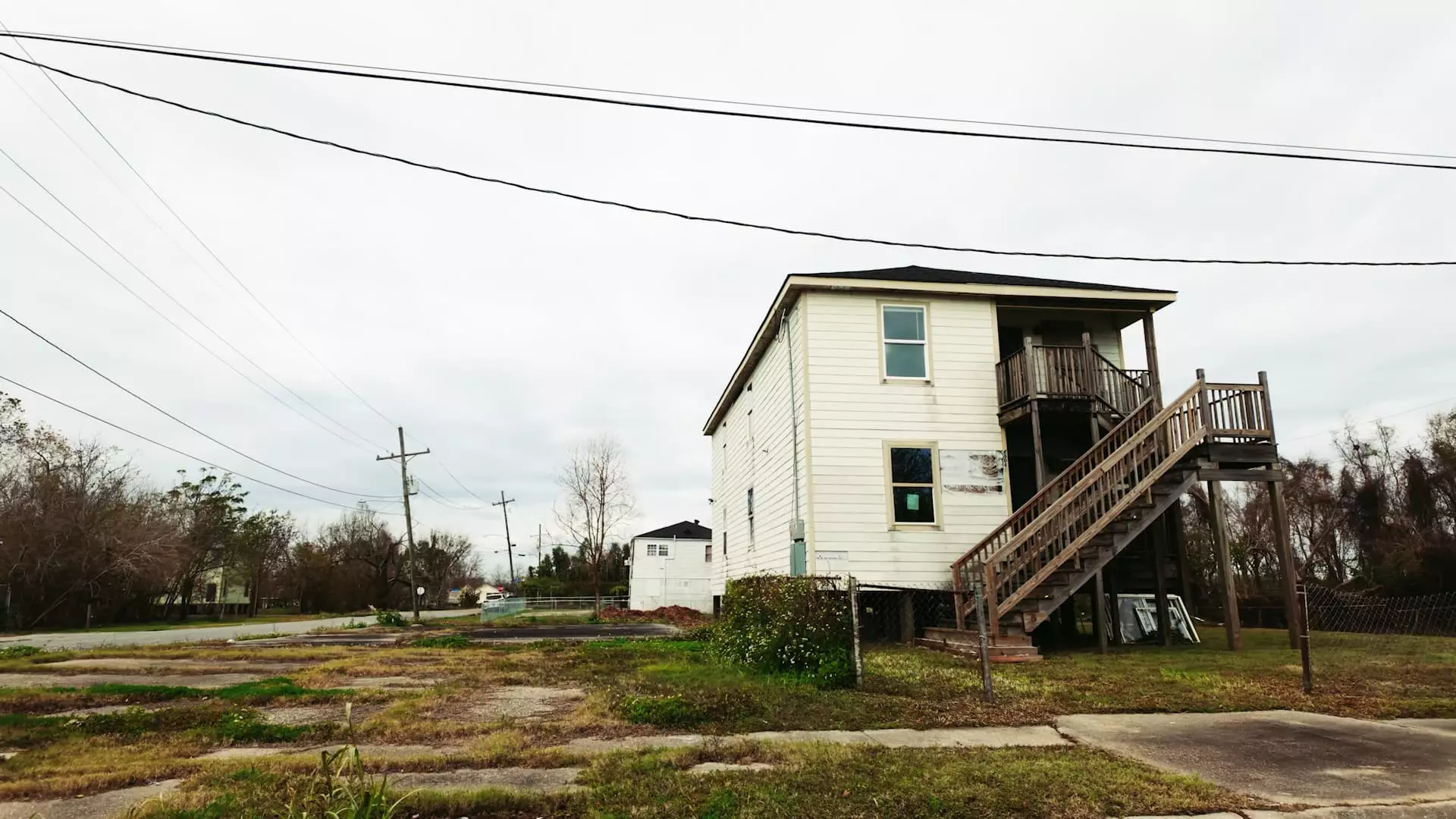New Orleans, a city steeped in rich culture and a vibrant history, continues to bear the scars of Hurricane Katrina, which devastated the region in 2005. As the costliest tropical cyclone in the history of the United States, the hurricane claimed over 1,800 lives, inundated countless homes, and displaced millions. With an estimated economic toll of $201.3 billion when adjusted for inflation, the repercussions of this disaster are prominently etched into the fabric of the city today. This article delves into the ongoing challenges and transformations in New Orleans, illustrating how the city navigates the intricate pathways of rebuilding both its infrastructure and community.
In the aftermath of Katrina, New Orleans faced an undeniable housing crisis, with around a quarter of its residential properties left abandoned. Calvin Alexander, a long-term resident of the predominantly African American Lower Ninth Ward, offers insight into the dynamics of recovery. He notes, “As people started to come back in and redevelop, property values shot up like crazy.” Remarkably, only one-third of the original population in the Lower Ninth Ward has returned, showcasing a stark example of how deep-rooted challenges still affect the community. The city’s overall population has not rebounded to pre-storm levels, exacerbating financial strains on local government services and infrastructure.
Across various neighborhoods, particularly those situated on higher ground, housing prices have escalated dramatically. Alexander reveals that since 2005, the assessed value of his home has surged approximately 266%. In stark contrast, median home prices across the New Orleans metro area and nationwide have increased by 71% and 84%, respectively. This dichotomy highlights a significant issue: while some residents benefit from rising property values, many others find themselves priced out of their own communities. Rising housing costs further deepen the socioeconomic divide and contribute to the struggles of those still grappling with the aftermath of the storm.
In response to the housing crisis, both federal and state governments allocated over $9 billion through the “Road Home Program” to assist homeowners in rebuilding. However, this initiative has faced criticism for its convoluted processes and its impact on low-income households. Laura Paul, executive director of the nonprofit group lowernine.org, expresses concerns regarding the program’s approach, stating, “Instead of basing settlements on damage to property and estimated cost to rebuild, they threw out all of that data and went with pre-storm property value instead.” This misguided strategy disproportionately affected low-income families, leaving them with inadequate means to restore their homes and livelihoods.
On a broader scale, New Orleans grapples with lower household incomes and higher poverty rates compared to national averages. The challenges posed by the changing economic landscape are compounded by the threat of climate change and ensuing natural disasters. As insurance premiums escalate in vulnerable regions like New Orleans, a precarious balance exists between affordability and protection. The Treasury Department’s warnings of rising premiums reflect an overlooking of the long-term implications, leading to potential insurability crises.
In an effort to mitigate future risks, approximately $15 billion has been invested in the construction of drainage canals, water pumping stations, and levees. While these initiatives aim to protect the city, they may inadvertently contribute to land subsidence, another grave concern for New Orleans. Despite this, officials maintain a positive outlook regarding the economic implications of such investments, suggesting that for every dollar spent on these protective measures, a return of $7 is anticipated. As Glenn Ledet, executive director of the Coastal Protection and Restoration Authority, states, the focus remains on sustaining the city’s cultural and commercial identity while ensuring safety and resilience for its residents.
As New Orleans forges ahead, plans are underway to elevate around 4,000 homes in a bid to shield residents from future storm impacts. While the city faces immense challenges, it remains a testament to resilience and a vibrant spirit. Ultimately, the journey of recovery extends beyond physical reconstruction; it encompasses a broader narrative of community rebuilding, re-evaluating priorities, and fostering inclusivity as New Orleans moves towards a hopeful future. As this city inspires the nation, it captivates the heart with its indomitable spirit, a beacon of resilience amidst continued challenges.

